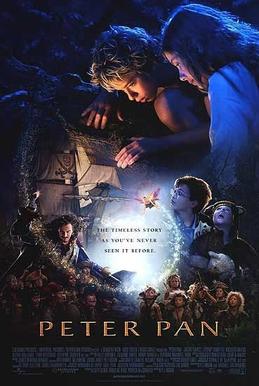I am observing my class work on an assignment due yesterday. They spent 4+ days pretending to do what they were supposed to. I say pretending because they obviously (today) weren't prepared to share. For all intents, they failed. The obvious question is "Why?"
I am sure that the responsibility lies with me. I intentionally keep my mitts off the students work. If they ask questions I send them to other students to have them answered. Typically this works very well. It requires the students to get over their fear of asking others for help (others who are not the adult in charge.) It didn't work this time because none of the groups really understood what to do.
It wasn't that they were not capable or that I didn't show them (several times). Their problem is they excel at school so much they don't know that they can't figure it out even when they aren't really paying attention. Basically they get started before they hear the instructions and assume they can figure it out.
I have known this and yet I am still surprised by the failure. I could have lost it; I could have blown up. I didn't, instead I redirected them to work and now I am watching them finally work together like they should have done in the beginning. I suppose they had to fail to prepare for success. I guess the next question (or extension as I call it in science) is 'Will they remember this or will they repeat it?'
This post was inspired by @Philip_Cummings's post: Asking for Help





